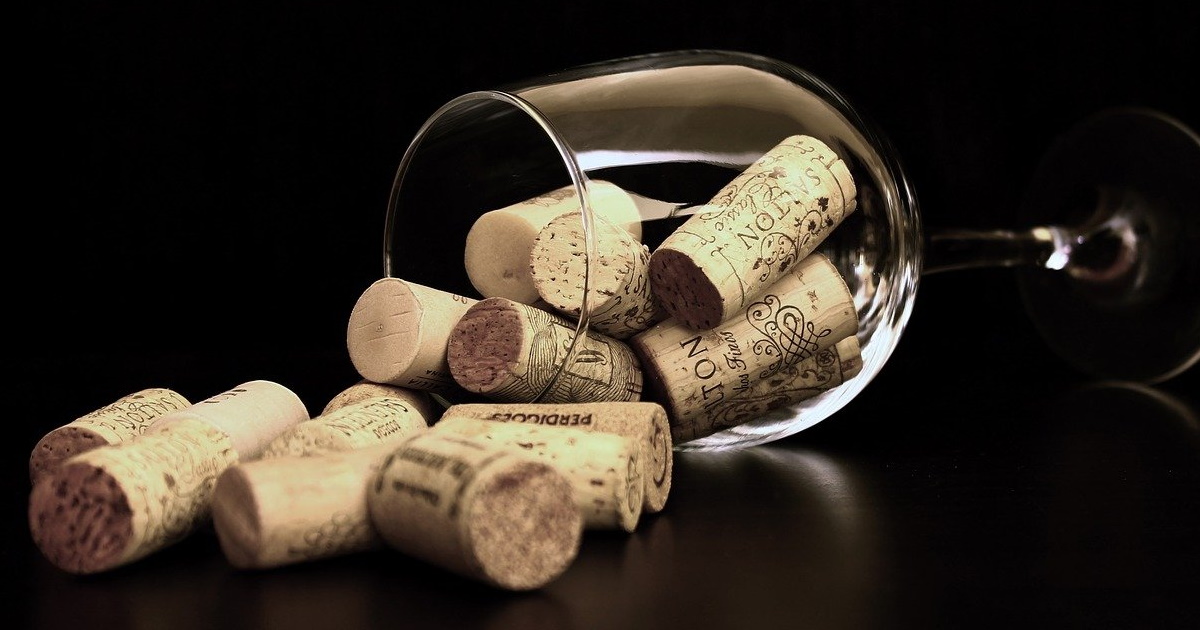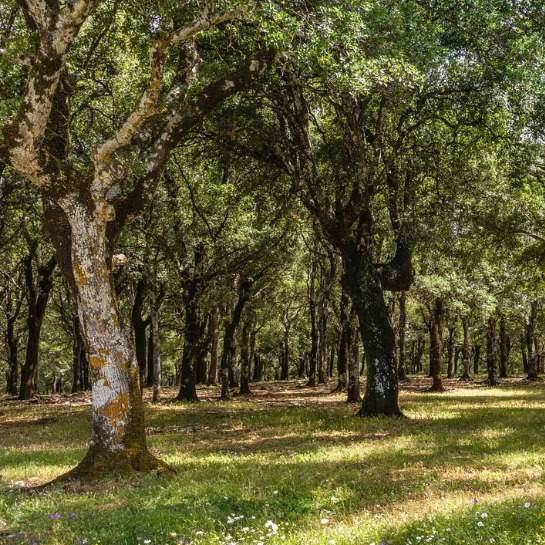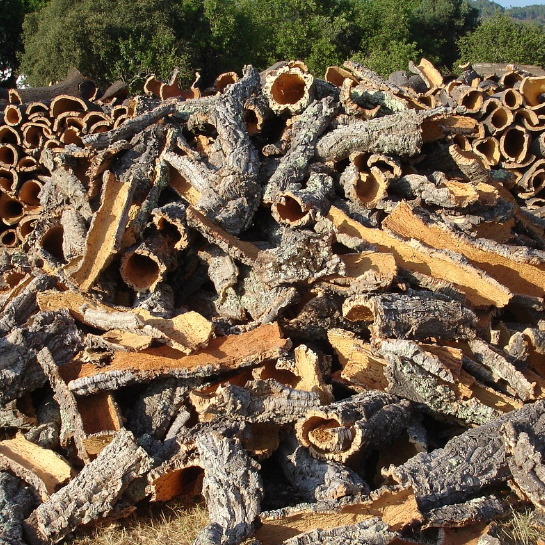
Recycling wine corks in France
What is cork and why participate in a recycling program –
Cork is a natural and biodegradable material made from the bark of the cork oak trees (Quercus suber L.) that predominantly grow in a narrow geographical range of the Western Mediterranean basin of North-Africa, Spain and Portugal.
Cork is removed in sheets from the trees when a tree is 25 to 30 years old and about 60 cm in circumference at breast height, and thereafter usually at intervals of 9 to 10 years.
Unlike harvesting oysters (which we've talked about in a previous recycling article), harvesting cork doesn't destroy its entire natural habitat. But it is one of the factors that cause damage to the trees e.g. intense water loss and wounds that create access for misc. fungi.
The good health of the cork oak tree forest, which covers over two million hectares, is of vital socio-economic importance to farming communities.
Unfortunately, that health is in decline.
In Northern Africa alone, the cork tree forested area has been reduced by half in the last 80 years.
At some point, overharvesting was one cause but certainly not the only one.
Other threats to these precious trees include environmental changes due to prolonged periods of drought interspersed with intense rainfall causing physiological decline which makes every part of the tree –from leaf to acorn to roots– more vulnerable to insects and fungi.
Mismanagement of these forests introduces further problems. The reduction in the market price of cork for example, is a contributing factor to the abandonment of cork oak forests allowing shrubs to take over the forest floor. This leads to a deterioration of the cork oak trees' biodiverse habitat through disease, and increases the risk of forest fires.
Improper forest management is also having an adverse impact, including the use of damaging fungicides, the lack of proper training of personnel, and inappropriate firewood gathering.
Overharvesting, climate change, and mismanagement are a bad mix of issues that result in a disease called “oak decline” or "COD - Chronic Oak Decline".
Unlike oyster shell recycling, the recycling of cork is not a part of the circle that regenerates the very root of an ecosystem.
By recycling our natural wine and champagne corks we become a part of the post-consumer usage-cycle which can indirectly but positively impact sustainability and a healthy regeneration of the cork oaks.
Why are we seeing more 'plastic' corks or screw tops in wine bottles?
Some decades ago, a significant amount Australia's bottled wines was damaged due to 'bad corking'. Spanish and Portuguese cork suppliers were suspected of having deliberately supplied bad cork to prevent export of Aussie wines to other markets. Whether justified or not, non-biodegradable replacements for wine corks eventually entered the picture as a result, another unfortunate decision with negative impact on the environment. (keep reading below images)



Recycle, upcycle or composting wine corks
Recycling
Recycling cork reduces the need to extract raw materials e.g. to make cork boards, floor -and wall tiles. Corks are also being used by companies to create natural, sustainable alternatives to petroleum-based foams and plastics and so much more.
Recycling your wine corks while supporting cancer solidarity in the Vendée: HERE
Where to find collection points for recycling wine corks in France: HERE
Composting
Because cork is biodegradable, it can be used as garden mulch. Cork mulch is an effective method of water retention in periods of drought. Shred your natural cork into small pieces first to make it easier to break down.
NEVER use synthetic cork for mulching as some are made of chopped up cork in a resin, some are cork around a plastic core, and some are just plastic. Do not throw them in the regular bin either. They belong in the plastic recycling bin.
Upcycling
Corks can be used in a plethora of DIY projects. Think projects as small as making trivets, or turning corks into keychains, (herb) garden markers, mini-planters for succulents... or as big and intricate as turning them into a bar top like this.

Sources & Reading materials -
Other interesting recycling/ charity projects (Bretagne)
Images – by pixabay
Share this Post
